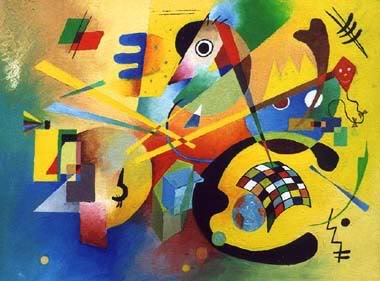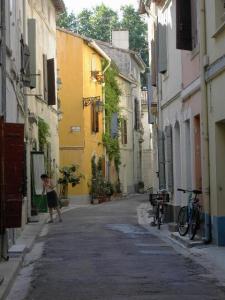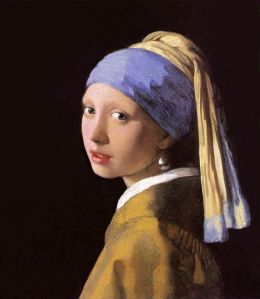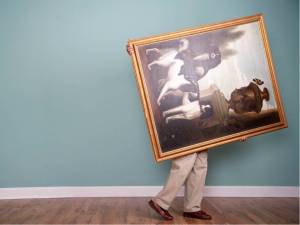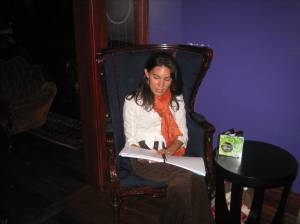
The evolution of how art is produced (the conception and construction) usually tells of a stark difference between the paleolithic age and today. Art in the paleolithic age was perhaps relegated to those with free time on their hands, which was hard to come by, given the hard lifestyle of hunting and gathering. And given this time crunch, there wasn’t much time to play with ideas, to think about new or inventive ways to conceive and produce art. This is perhaps the polar opposite of today’s art. I would agree with this New York Times article that “What is important today is not technical skill, but skill in playing inventively with ideas.”
For example, Damien Hirst’s “Medicine Cabinet” installations are a twist on an artistic representation of a common, everyday thing. He didn’t sit down with barbed wire and a soldering mask and get to work. His “people” do that. It’s his mind and inventiveness that are the commodities.
Now, it’s true that the majority of artists don’t have minions to go about crafting some visionary’s dreams. But, in some cases, so goes the current state of conceptual art.
So how long has the idea of conceptual art been around? Can we find it in the paleolithic age? Maybe in a very primitive way the seeds of conceptual art were starting even back then.
Researchers looking at stone age tools have declared that some — hand axes, for instance — were not used solely for the act of hunting and gathering; that they were prized as art objects to be admired. For example, hand axes had a high rate of manufacture (above what they’d need to butcher animals), often have no signs of wear, some were too big for use, and some were decorated with “expensive” materials and exquisite workmanship.
Someone had to conceive the idea that it was important for these fancy hand axes to be made and that they would then be admired by perhaps a big group of people, so despite their limited resources, they still chose to create art for themselves. Much of it was probably done for ritualistic purposes, but even so, the concept of reinventing something useful for aesthetics was in play even in the stone age, even for “primitive” man.
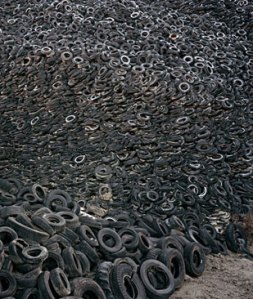 Oil, Edward Burtynsky
Oil, Edward Burtynsky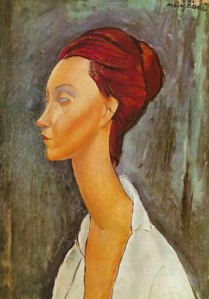 Elongation, distorted hands, feet, necks. This is the single-most characteristic that I look for and admire in works. If it’s stretched, pressed, enlarged, or diminished beyond its normal state, I love it. And for this, I cannot get enough of Modigliani.
Elongation, distorted hands, feet, necks. This is the single-most characteristic that I look for and admire in works. If it’s stretched, pressed, enlarged, or diminished beyond its normal state, I love it. And for this, I cannot get enough of Modigliani.
